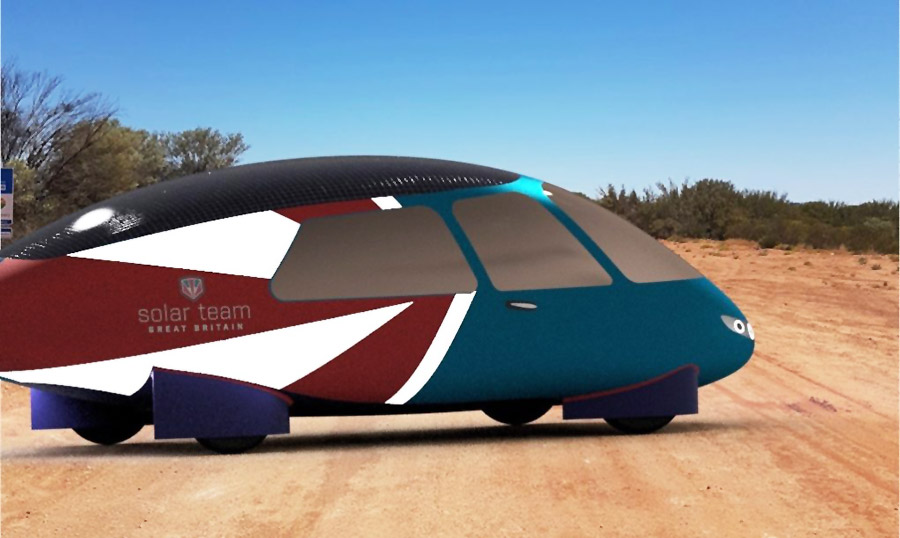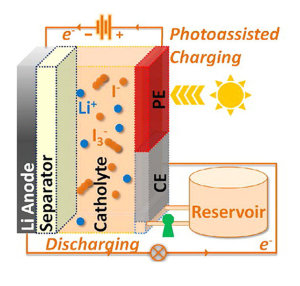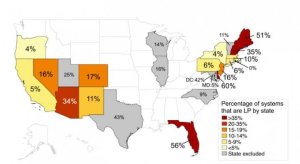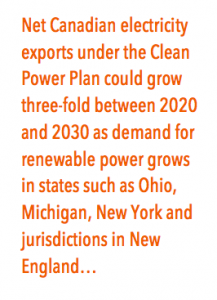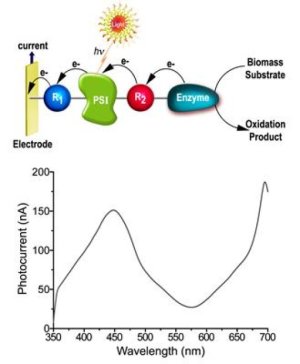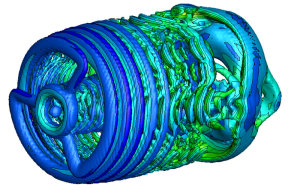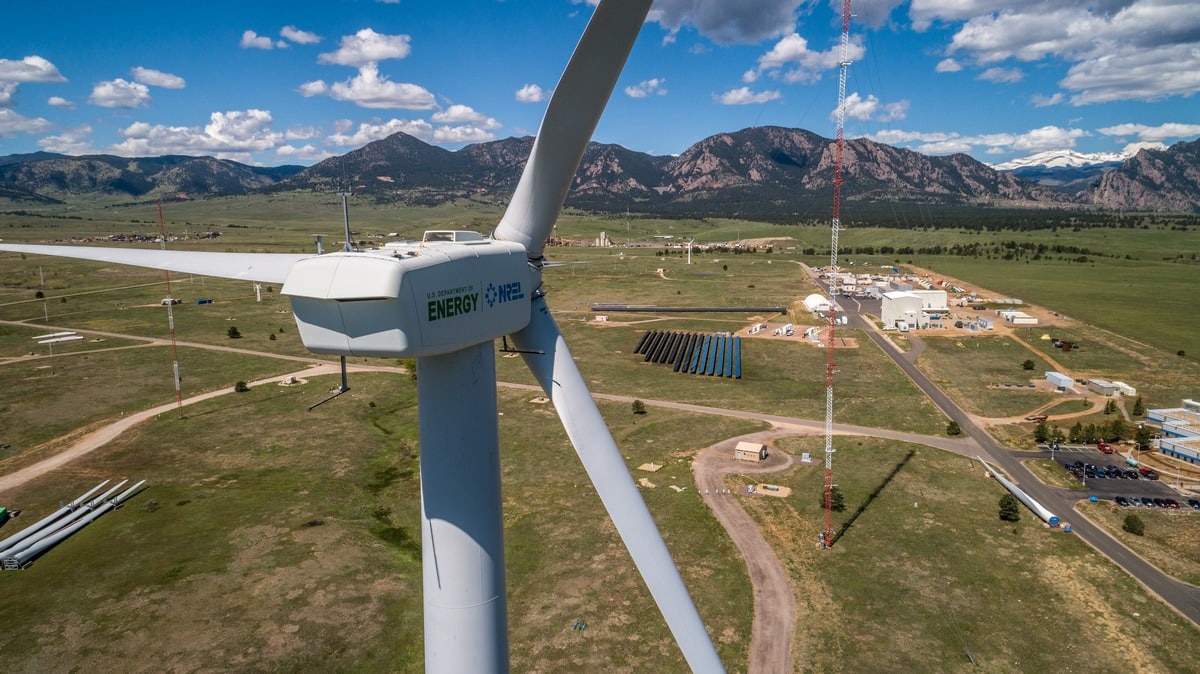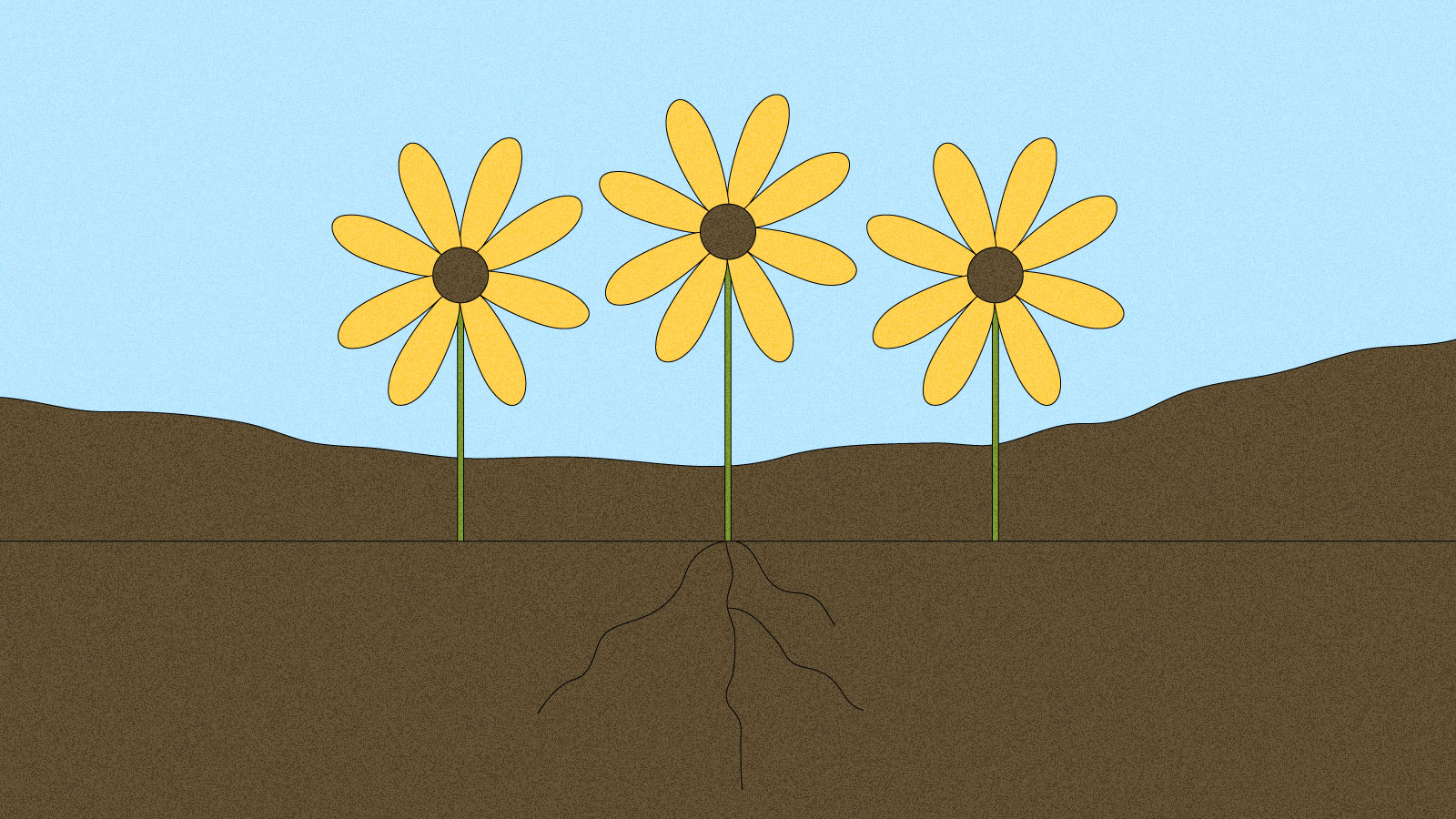Family-sized Solar Car to Race in World Solar Challenge
Battery Technology | Electric Cars | Solar Power | TransportationSolar Team Great Britain has started a kickstarter page to help fund their design for entry in the 2017 World Solar Challenge. Founder Steven Heape leads a team of volunteers from many different disciplines, companies and universities working on a family-sized solar car to compete in the cruiser class. “Cruiser Class is about two or […]
Eco-friendly battery and solar cell all-in-one
In solar flow batteries, the proposed charging process links harvesting solar energy and storing it as chemical energy via the electrolyte. Scientists built a solar flow battery that uses an eco-friendly, compatible solvent and needs a lower applied voltage to recharge the battery.
Drivers for low-priced solar photovoltaic systems in the United States
The price of solar photovoltaic (PV) systems installed on homes and small businesses spans a wide range, and researchers have published a new study that reveals the key market and system drivers for low-priced PV systems.
Canada’s clean electricity exports to triple under U.S. Clean Power Plan
Originally published in the Toronto Star tablet edition, Star Touch. By Tyler Hamilton As Canada’s petroleum sector struggles with the reality that sub-$30 (U.S.) oil could be here for some time, the country’s power sector is prepping for a dramatic increase in U.S. demand for clean electricity. Call it a shift from pipelines to power lines. Action on climate change is the reason — more specifically, U.S. President Barack Obama’s Clean Power Plan, which aims to slash carbon dioxide emissions from power plants by a third by 2030. The plan is expected to triple the flow of Canadian electricity into Midwestern and northeastern border states, part of a broader U.S. effort to comply with the international climate obligations that 196 countries agreed to …
New method for converting solar energy into electrical power using photo-bioelectrochemical cells
A new paradigm for the development of photo-bioelectrochemical cells has been developed.
Benefits of adding a second, smaller rotor to wind turbines
Aerospace engineers are developing dual-rotor technology to improve the energy harvest of wind turbines. The idea to look for better performance by adding a second rotor to wind turbines came from a previous study. The researchers used wind tunnel tests to see how hills, valleys and the placement of turbines affected the productivity of onshore wind farms.

